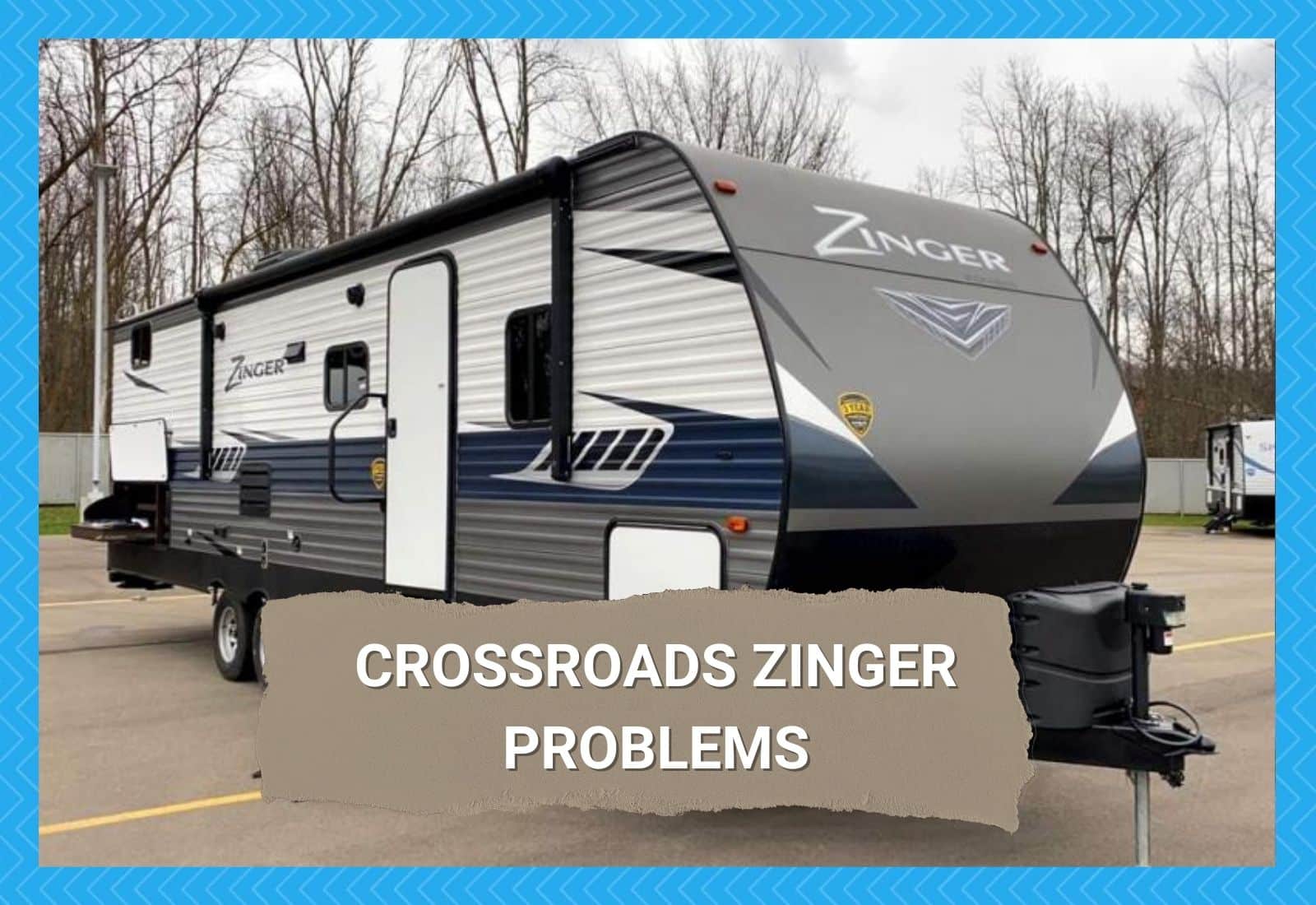
American families invest in recreational vehicles for various reasons. Some want safer and cozier travels, while others indulge in a nomadic and adventurous lifestyle.
Many seniors find living in an RV an excellent retirement option because they can go and stay wherever they like without worrying about their lawn drying out or their home getting robbed while they’re away.
For occasional travelers, such as backpackers and traditional campers, an RV can be an additional amenity to keep things lighter. Homelier lodging in the wild gives them enough rest to cover longer trails, climb taller cliffs, or raft more turbulent streams.
Indeed, this vehicle has transformed how people view and enjoy camping trips. Once a no-no for those who fear solitude and the dangers of the boonies, camping is now safer and more fun than ever, thanks to whoever invented the RV.
However, every RV owner should know that owning an RV comes with a huge responsibility. Like any other vehicle, an RV needs regular maintenance. Breakdowns are common and can delay or ruin a camping trip if neglected.
Also, an RV has more amenities you should learn to care for and fix when broken. The frequency of breakdowns you may encounter with your RV depends on the following factors:
- Age of the vehicle – How long have you been using your RV? Was it brand new when you bought it, or pre-owned? Like any other vehicle, your RV wears out over time. Maintenance can only extend its life, not prevent it from deteriorating.
- Brand – Unfortunately, some manufacturers are only in it for the money. They could care less about user experience and safety. So, their products wear out faster than others.
- Make and model – Some manufacturers value quality but give their customers cheap alternatives, which come at the expense of quality.
- Maintenance – How often do you maintain your RV? Do you take it in for servicing at least twice a year? That should be the standard no matter how frequently you travel. A simple TLC can add a year or two to your RV’s useful life.
Simply put, RVs are not made equal. Their quality, style, and durability vary from brand to brand. Established brands usually sell the most reliable models, although some newcomers are worth checking out.
How much maintenance and servicing you anticipate depends on your RVs quality and condition when you buy it.
Introducing CrossRoads Zinger
CrossRoads is one of the newer RV brands, with only over two decades in the outdoor recreation industry. Despite this, it has already introduced a few of the bestselling RV models on the market.
Some are well-liked for their premium quality, while others are not. Zinger is one of their longest-running product lines. It comes with more than 25 different floor plans and a host of unique and valuable features, including:
- 6 Gal Gas/Elec DSI Water Heater (VBM)
- Black Tank Flush System (VBM)
- Fully Enclosed & Heated Underbelly w/ Forced Heat (VBM)
- Flush Floor Slide-Out w/ Large Dinette Windows
- Power Stabilizer Jacks (N/A Single Axle)
- Storage Doors Below Booth Dinette (N/A Zinger Lite)
CrossRoads Zinger is the perfect choice if you’re looking for a lightweight, high-performance travel trailer. It’s not a motorhome, so you don’t have to worry about maintaining a heavy-duty engine and transmission.
But you do have to look after your tow vehicle. This trailer may be light in RV terms, but it’s pretty hefty for a regular pickup truck.
Unfortunately, older Zinger models have been receiving undesirable feedback from customers. Most are complaints about issues starting to show up after only about a year of use, be it faulty wiring, broken axle, or overheating.
This product line comes with a three-year structural warranty, but it doesn’t necessarily mean all structural damage or defects are covered. Some entail out-of-pocket repair costs, ranging from a few hundred dollars to a few thousand dollars.
Most Common CrossRoads Zinger Problems
So what should you do if you encounter problems with your Zinger? Should you call a technician right away or try to fix them yourself? Well, that depends on the type and extent of the malfunction.
Some problems can be fixed by simply twisting screws, while others require taking apart an entire section of the trailer. Below are some common issues that you can fix yourself.
1. Leaks
Your travel trailer should be able to protect you and your belongings from the elements—including rainwater and moisture—throughout your trip.
However, if you find yourself wiping drips or puddles of water inside your RV whenever it rains, you have a serious leak problem. Even drip stains that don’t seem severe indicate that a section of your roof or plumbing needs patching.
If the leak comes from above, the sealant around the vent, chimney, or solar panel tubing must have failed. Most sealants dry out and become brittle over time as they are constantly exposed to heat and moisture.
Check all connections and apply a new adhesive to the damaged area. If you can’t find the damaged area, pour water on your trailer’s roof and observe where it passes. Follow the path until you find the gap.
2. Electrical problems
Your travel trailer’s electrical system is similar to that of a real house. The only difference is the power source. You may get it from shore power, solar panels, or a generator
Therefore, the electrical issues you may deal with are also the same: reverse polarity, tripped circuit breakers, loose wiring, etc. The solutions are also very similar.
One of the challenges trailer owners face is the lack of access to immediate help from a professional technician. If electrical issues occur when you’re in a dead zone and miles away from civilization, you have no choice but to fix them yourself.
This is why it is crucial to stock up on supplies and tools in your RV before driving off and learn basic electrical repair and maintenance.
Basic electrical system troubleshooting involves rewiring or splicing outlets and connectors, checking voltages with a multimeter, replacing fuses and switchboards, etc.
You can learn all these from YouTube, Google, or the manufacturer’s manual. Just learn it before going on a trip to avoid accidents. Misguided repairs could lead to electrocution or fire incidents.
3. Foul smell
Used water from your tap and shower drains into the gray water tank. Sewages, on the other hand, go into the black water tank. These tanks are the most likely culprit if you notice an unpleasant odor in your travel trailer.
Their content may be backing up the pipes and leaking into the trailer. To eliminate the smell, dispose of the gray and black water at a designated disposal station, clean the tanks thoroughly, and fix the clog.
But the tanks aren’t the only place where bad smells may ooze. The stagnant water in the air conditioning drain pan, garbage can, or dirty laundry are also likely sources. That’s why tidying is crucial in a tight living space like a travel trailer.
4. Stability Issues
When it’s time to park the trailer, the first thing to check is level and stability. Since this is a travel trailer, it needs stable support on the coupling end. It’s also the part where you should adjust if the ground isn’t level enough.
A combination of leveling jacks and stabilizers is all you need to set up your travel trailer for long-term camping. The jacks eliminate up-and-down movement, while the stabilizers keep the trailer from moving sideways.
Should either fail, you must be creative in finding alternative support.
The Drawback of Lightweight
Manufacturers are on a quest to build the lightest RV for more flexibility, storage capacity, and affordability.
Unfortunately, we live in an era where lightweight and durable materials still cost a lot. If one of the goals of building a lightweight RV is to make it affordable to more buyers, it’s not achievable with those materials.
What manufacturers do instead is downsize every aspect of the design, from the RV’s overall dimension to the size of nails and screws. They also use less sealant to reduce the vehicle’s weight a little more.
This is one of the reasons lightweight and cheap RVs typically act up early. So if you invested in one of these RVs, expect to encounter issues only after a year or two.
One way to approach this problem is to maximize the warranty and learn basic repair and maintenance. The warranty allows you to get services cheaper, while knowledge of DIY repair and maintenance keeps you going.
You don’t want to go home halfway through the trip because a pipe is leaking. Besides expertise, you must also invest in repair tools and equipment.

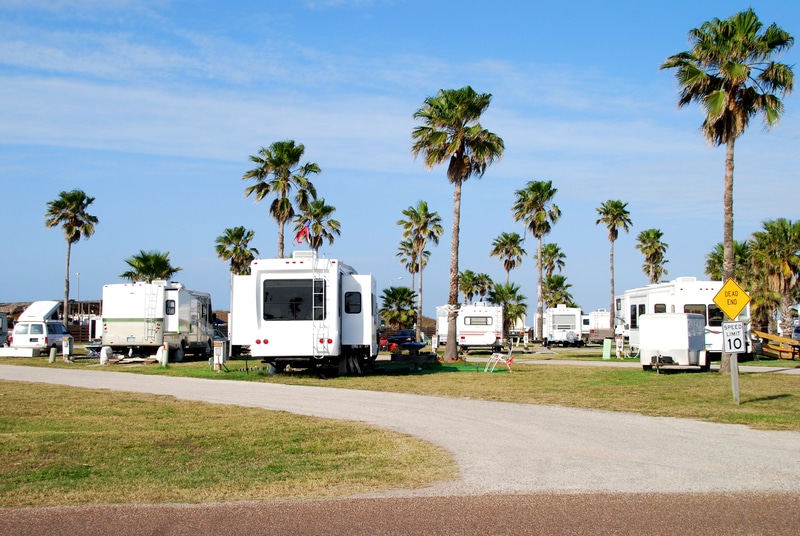
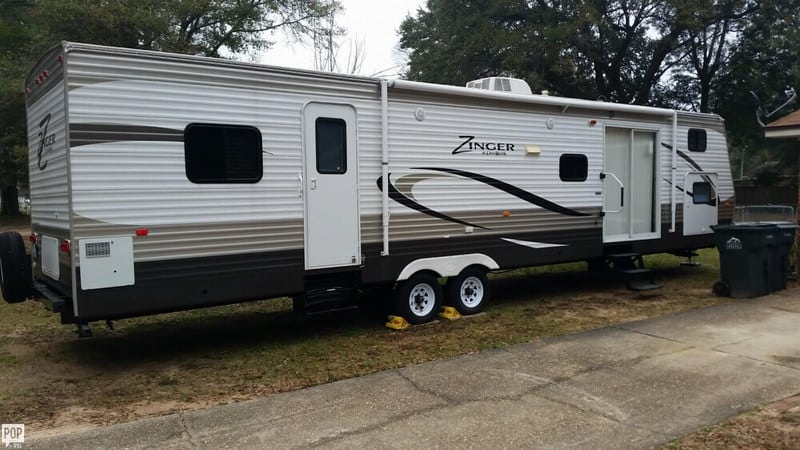
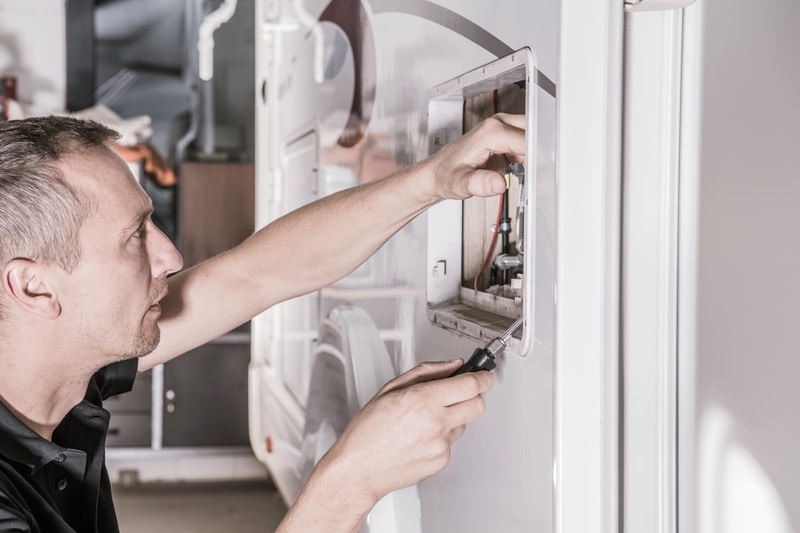
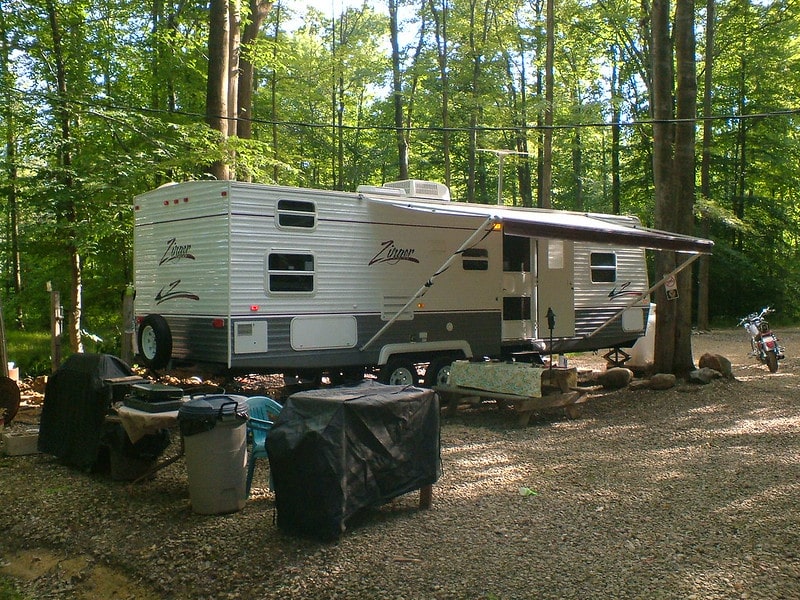
My inside kitchen sink is leaking. I am confused because it is only leaking when the outside water is shut off? Any advice?